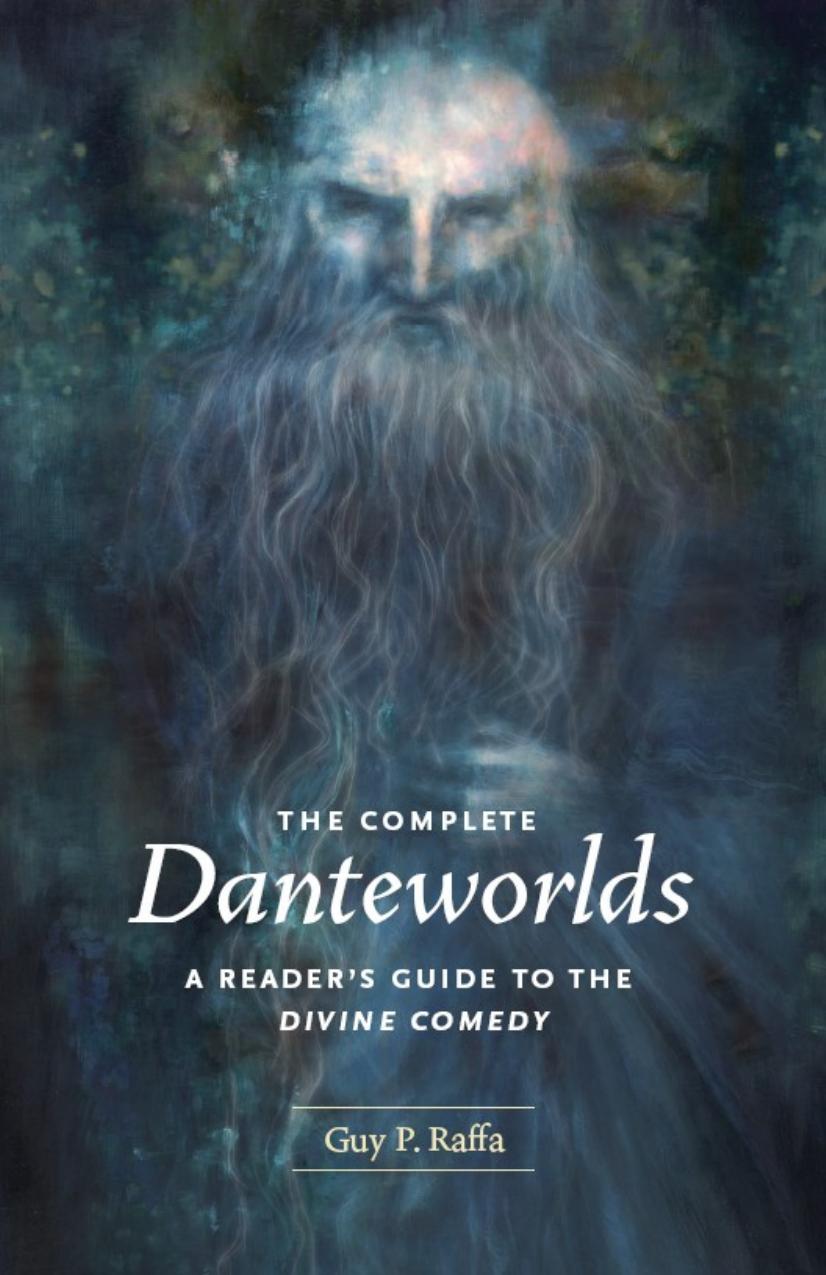The Complete Danteworlds: A Reader's Guide to the Divine Comedy by Guy P. Raffa

Author:Guy P. Raffa [Raffa, Guy P.]
Language: eng
Format: epub, pdf
Publisher: University of Chicago Press
Published: 2016-12-11T05:00:00+00:00
Allusions
MORAL STRUCTURE OF PURGATORY (17) :: After they have climbed to the terrace of sloth, the central location within Purgatory proper, Virgil explains to Dante the moral structure of the mountain, the rationale for distinguishing among and arranging the SEVEN CAPITAL SINS (Circle 3, “Gluttony”). Love, Virgil says, is the “seed” of all human acts, both sinful and virtuous (Purg. 17.103-5): insufficient or lax love of the good defines the sin of sloth, purged on the current terrace; love directed toward an evil object or goal explains the suffering of spirits on the three terraces below (pride, envy, wrath); and excessive love of what is inherently good underpins avarice (and prodigality), gluttony, and lust, the sins expiated on the three terraces they have yet to visit (Purg. 17.97-102, 112-39). This sequence, like that encountered in circles two through five of Hell, follows the model established by Pope Gregory the Great (died 604) and made canonical in the later Middle Ages by such authorities as Hugh of Saint Victor and Thomas Aquinas. The Middle Ages provides an (old) Italian acronym, siiaagl, for this arrangement of the seven sins: superbia (pride), invidia (envy), ira (wrath), accidia (sloth), avarizia (avarice), gola (gluttony), lussuria (lust).
Download
The Complete Danteworlds: A Reader's Guide to the Divine Comedy by Guy P. Raffa.pdf
This site does not store any files on its server. We only index and link to content provided by other sites. Please contact the content providers to delete copyright contents if any and email us, we'll remove relevant links or contents immediately.
4 3 2 1: A Novel by Paul Auster(11822)
The handmaid's tale by Margaret Atwood(7470)
Giovanni's Room by James Baldwin(6830)
Asking the Right Questions: A Guide to Critical Thinking by M. Neil Browne & Stuart M. Keeley(5369)
Big Magic: Creative Living Beyond Fear by Elizabeth Gilbert(5363)
Ego Is the Enemy by Ryan Holiday(4971)
On Writing A Memoir of the Craft by Stephen King(4676)
The Body: A Guide for Occupants by Bill Bryson(4600)
Ken Follett - World without end by Ken Follett(4453)
Bluets by Maggie Nelson(4282)
Adulting by Kelly Williams Brown(4246)
Eat That Frog! by Brian Tracy(4170)
Guilty Pleasures by Laurell K Hamilton(4127)
White Noise - A Novel by Don DeLillo(3838)
The Poetry of Pablo Neruda by Pablo Neruda(3826)
Fingerprints of the Gods by Graham Hancock(3748)
Alive: The Story of the Andes Survivors by Piers Paul Read(3743)
The Book of Joy by Dalai Lama(3713)
The Bookshop by Penelope Fitzgerald(3628)
